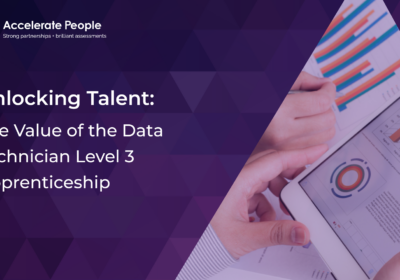In today’s data-driven world, the ability to interpret, analyse, and make decisions based on data is no longer limited to scientists and tech experts. Data analysis skills are rapidly becoming a core skill across various industries, empowering professionals from all walks of life to make informed choices, enhance productivity, and innovate. So, if you’ve ever thought data analysis was out of reach, it’s time to reconsider. Let’s break down the misconceptions, explore how everyday professionals are already leveraging data, and show you how you can start your own journey into data analytics.
1. Misconceptions About Who Can Learn Data Analysis Skills
One of the biggest misconceptions about data analysis skills is that they’re only for scientists, mathematicians, or IT professionals. Many believe you need advanced degrees or years of experience in coding to even begin understanding data. However, the truth is quite the opposite.
Data analysis skills are increasingly accessible to anyone with curiosity and willingness to learn. Thanks to user-friendly tools, online courses, and a variety of resources, you don’t need a background in computer science or an advanced degree in statistics to grasp the essentials.
Common myths include:
You need to be a math whiz – While a basic understanding of numbers is helpful, most tools handle the heavy lifting, allowing you to focus on interpreting the results rather than crunching them yourself.
It requires complex coding skills– Although coding can enhance your skills, many modern platforms like Excel, Power Query, Power BI and Tableau allow you to perform data analysis without writing a single line of code.
It’s only useful for tech jobs – On the contrary, data analysis is a valuable skill in fields like marketing, sales, human resources, and even education. The ability to analyse trends, understand consumer behaviour, or optimise strategies is essential in any career today.
2. Real-World Applications of Non-Scientists Using Data Analysis
Data analysis isn’t just for scientists, or IT professionals, it’s used by individuals in all sectors. Let’s look at a few real-world examples of non-scientists leveraging data analysis to excel in their careers:
Marketing and Sales Professionals
Marketers and sales professionals use data analysis to track customer behaviour, forecast sales, and optimise marketing strategies. Tools like Google Analytics or HubSpot allow them to see what’s working, and what isn’t, and adjust their efforts accordingly. Instead of relying on guesswork, they use data to make informed decisions that drive business growth.
Educators
Teachers and school administrators now have access to tools that help them measure student performance, identify trends in learning, and implement targeted interventions. By analysing student data, educators can adapt lesson plans, enhance curriculum design, and focus their efforts on improving learning outcomes.
Healthcare Workers
Data analysis in healthcare is revolutionising patient care. Nurses and hospital administrators use it to track patient outcomes, streamline operations, and reduce costs. Data-driven insights enable better decision-making that can directly impact the quality-of-care patients receive.
These examples show that data analysis is not restricted to any one sector. Professionals from every corner of the workforce are using it to improve their work, solve problems, and implement more effective business strategies.
3. Expected Challenges and How to Overcome Them
As with any new skill, learning data analysis comes with its share of challenges. But don’t worry, these obstacles are surmountable with the right mindset and resources.
Overwhelm from Data Overload
With so much data available, it’s easy to feel overwhelmed by where to start. Start small—choose a single dataset relevant to your work and practice analysing that. Over time, as your confidence grows, you’ll be able to tackle larger and more complex datasets.
Interpreting Data Accurately
Making sense of the data can be tricky, especially when you’re just starting. To avoid common pitfalls, focus on understanding the context behind the data. What question are you trying to answer? What trends or patterns can you see? Learn to ask the right questions, and you’ll find the answers in the data.
Keeping Up with the Latest Tools
New data analysis tools are constantly emerging, and it might feel overwhelming trying to keep up. Instead of focusing on mastering every tool out there, concentrate on learning the ones that are most relevant to your field. Once you’re comfortable, adding new tools to your toolkit will be much easier.
Recognising and preparing for these challenges ensures they don’t become barriers to your progress.
4. Take the First Step: Accelerate People is here to support you!
Learning data analysis might seem daunting at first, but like any other skill, it can be mastered with patience and practice. Whether you’re looking to upskill, change careers, or simply add a valuable tool to your professional toolkit, data analysis is an excellent investment.
To support your journey, we provide a supportive and professional environment where you can confidently showcase the skills, knowledge, and behaviours developed during your apprenticeship. With a well-structured pre-assessment process, we ensure that the End-Point Assessment (EPA) is fair, inclusive, and aligned with industry standards, giving you the opportunity to demonstrate the competencies you’ve worked hard to achieve. Our data analyst EPA team not only validates your analytical abilities but also helps you build the confidence to apply them effectively in professional settings. Our ultimate goal is to guide you in transitioning seamlessly from learning to thriving in your career as a data analyst.


